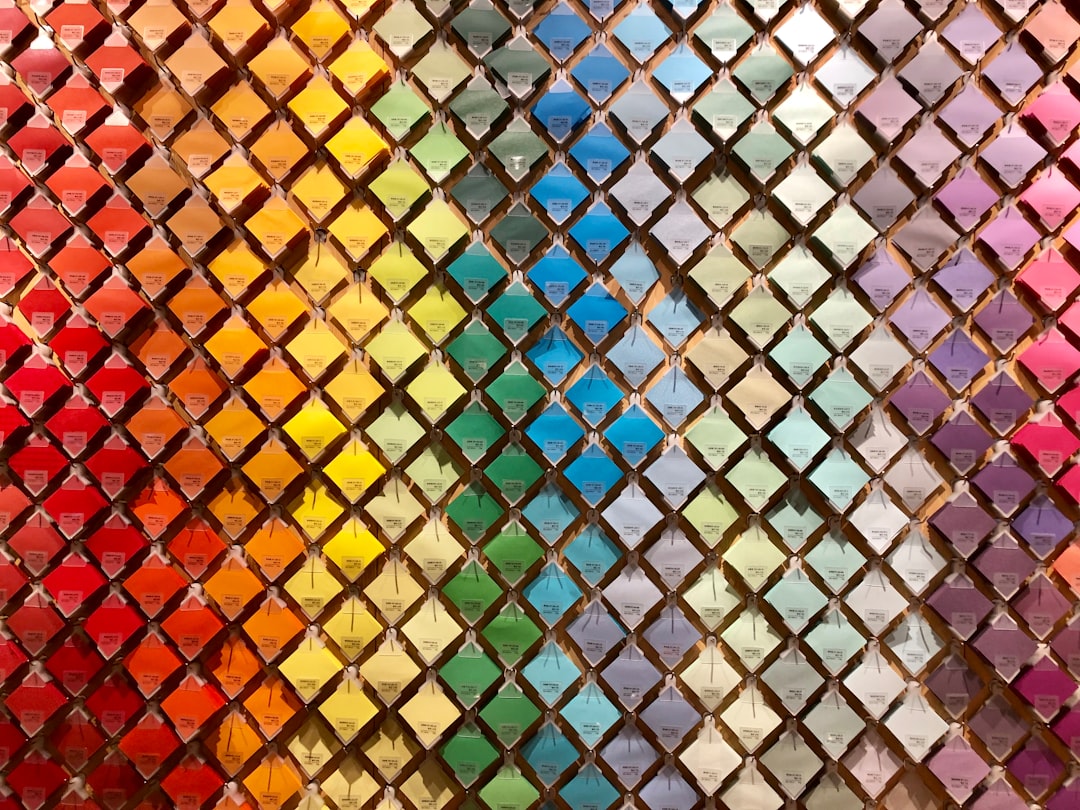What is it about?
The fabrication of silica by acid hydrolysis os TEOS in presence of CuCl2 affords the Cu/SiO2 composite with heterogeneous recoverable and recyclable Lewis acid catalyst. Its use in the Huisgen [3+2] cycloaddition allowed the preparation of heterocyclic triazoles which have been applied in the formation of linkers for the melecular hybridization process applied in medicinal chemistry.
Featured Image

Photo by Science in HD on Unsplash
Why is it important?
The importance of the Cu / SiO2 nanocomposite material is due not only to its effectiveness as a catalyst in this reaction, but also to its environmentally compatible characteristics such as recoverability and recyclability. Once the metallic species is trapped inside the silica matrix, the metal is not lost to the environment and can be easily isolated by simple filtration and reused in the next reaction.
Perspectives
Originally, this composite was designed to act as a heterogeneous Lewis acid catalyst for activation of electrophiles in multicomponent reactions, such as the Biginelli and Mannich reactions, used in the synthesis of dihydropyrimidinones and beta-aminocarbonyl compounds, respectively. For us, it was a great joy to see that the presence of the Cu metal in the silica matrix exists in various oxidation states, allowed it to be used as a source of Cu (I), necessary for the catalysis of the Huisgen cycloaddition reaction. Huisgen's reaction has allowed us to explore the use of this reaction in the synthesis of hybrid molecules aimed at the discovery and development of new drugs to fight cancer.
Prof. Dennis Russowsky
Universidade Federal do Rio Grande do Sul
Read the Original
This page is a summary of: Recoverable Cu/SiO2 composite-catalysed click synthesis of 1,2,3-triazoles in water media, New Journal of Chemistry, January 2014, Royal Society of Chemistry,
DOI: 10.1039/c3nj01167d.
You can read the full text:
Contributors
The following have contributed to this page










